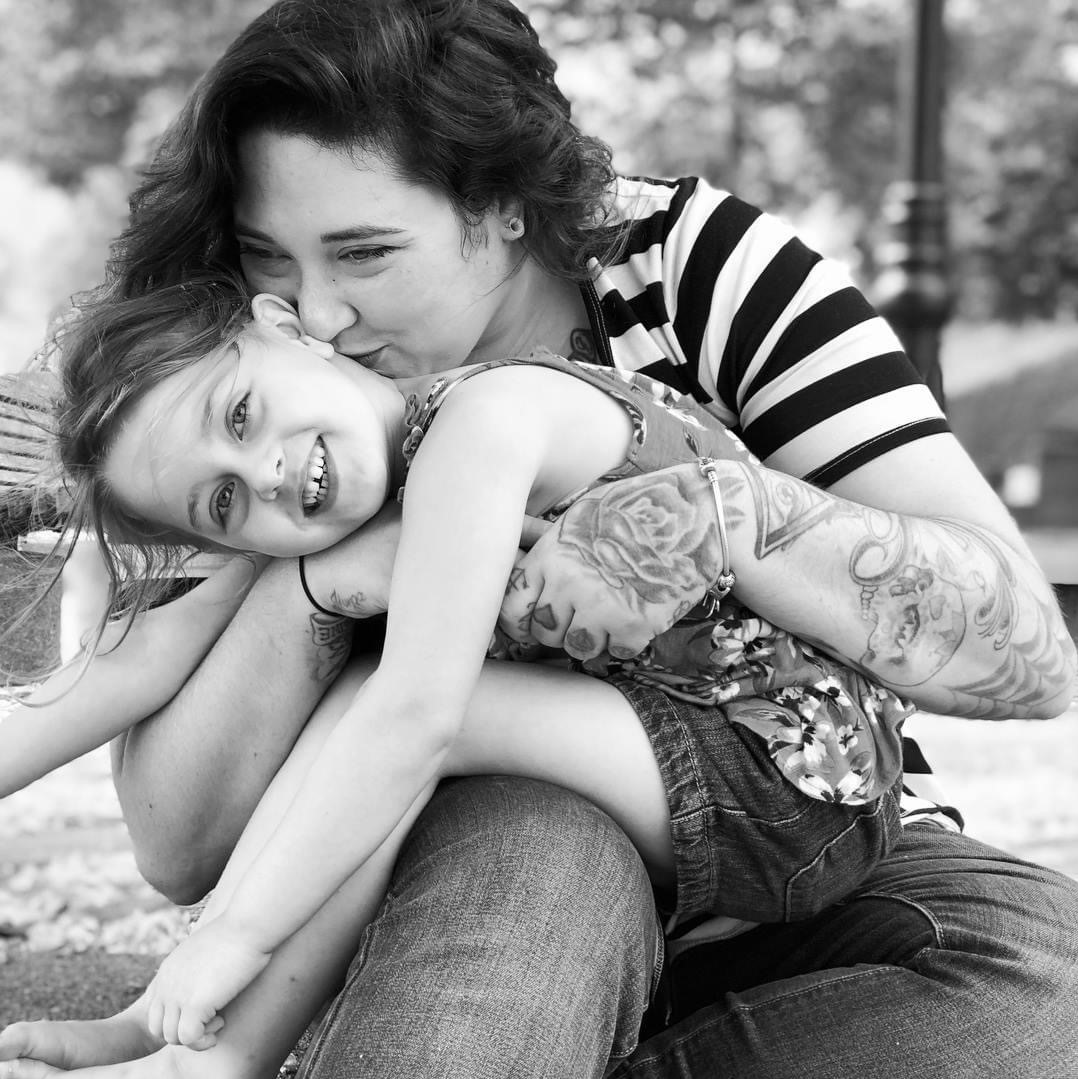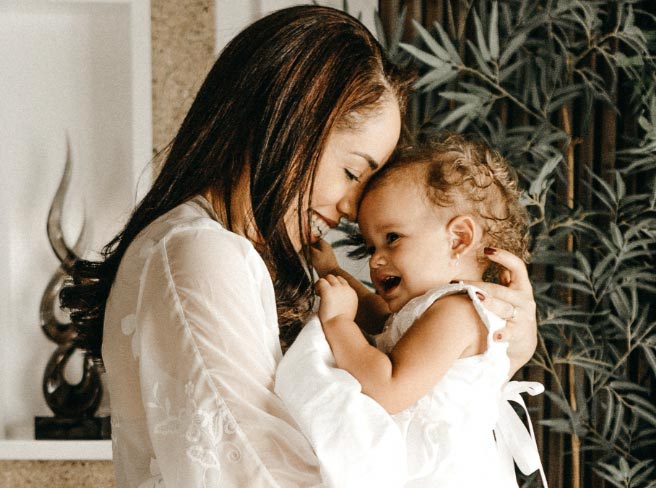How To Clean Your Breast Pump: Best Practices
By Paige Ames | March 20, 2020
Pumping breast milk for your baby is rewarding and a great way to ensure your child is getting all the nutrition he needs. If you are able to breastfeed or pump breast milk and have chosen to do so, you’ve made a great choice!
Of course, pumping breast milk takes work, and part of that work (the not fun part!) is cleaning your breast pump and breast pump parts correctly, thoroughly and unfailingly. Proper cleaning is imperative for you and your baby’s safety and health.
The following general guidelines are for all breast pump models offered by 1 Natural Way, including Medela, Spectra, Ameda, Lansinoh, and others.

Updated CDC breast pump cleaning guidelines
The Centers for Disease Control and Prevention (CDC) recently released updated guidelines for cleaning and sterilizing breast pump parts.
- Wash your hands well with soap and water for at least 20 seconds before and after using your breast pump or touching breast pump parts.
- After pumping, disassemble your pump kit, separating parts that come into contact with the breast/breast milk (such as tubing, flanges or breast shields, valves, membranes, connectors, and bottles).
- Clean the dials, buttons, switches, etc. on the pump motor with a disinfecting wipe.
- Rinse and wash all parts that touch the breast/breast milk with warm, soapy water in a dedicated wash basin or in the dishwasher (if recommended by the pump manufacturer).
- Allow all parts to air dry on a clean paper towel or clean dish towel.
Do I have to clean my breast pump after each use?
The simple answer: YES. Even though it can be time consuming, it’s important to clean your breast pump after every use. In addition to the pump parts, the CDC also recommends cleaning the pump motor, dials, power switch, and countertop with a disinfectant wipe after every use.
Is it safe to put breast pump parts in the fridge in between uses?
NO (no, no). This is a popular time-saving “hack” but unfortunately, it’s not recommended to store dirty pump parts in a fridge between uses. Your best and safest bet is to clean your breast pump after every use.
How to clean breast pump parts
After a pumping session, wash your hands with soap and water for at least 20 seconds. Then store the milk safely and disassemble your pump.
Use a dedicated brush and wash basin if washing your pump parts by hand. Scrub all the parts according to the manufacturer’s directions. This includes any pump parts that come into contact with your breast or breast milk, such as the flanges or breast shields, valves, connectors, membranes, and bottles.
- Rinse each pump part in cool water as soon as possible after pumping.
- Wash each piece separately with liquid dishwashing soap and warm water.
- Rinse each part in hot water for 10-15 seconds.
- Allow to air dry on a clean paper towel or clean dish towel. The U.S. Food & Drug Administration (FDA) also notes that a clean drying rack can be used.
Some manufacturers recommend washing breast pump parts and accessories in the dishwasher. You can place all the disassembled pump parts in the washer, using a closed top basket or small mesh laundry bag for the smaller parts. Run a cycle using hot water and use a heated drying cycle for extra sanitation. Before you remove the clean pump parts, wash your hands again, and then lay the parts on a clean paper towel or drying rack and allow to air dry.
What can I use to clean my breast pump?
Warm, soapy water is best for cleaning your breast pump parts. You should never submerge the motor in water, but you can wipe it down with a clean, damp cloth or disinfectant wipe.
Some manufacturers offer quick clean wipes; however, these wipes cannot reach all surfaces of the pump kit, so thorough cleaning by hand or in the dishwasher is preferred.
How to clean breast pump tubing
Whether or not you need to routinely clean your breast pump tubing depends on the model of breast pump and whether it is an open or closed system.
Closed system breast pumps have back flow protection so milk does not flow back into the tubing. If you have any open system breast pump or you notice condensation in the tubing, it’s a good idea to run the pump motor for a few minutes after you finish pumping to clear out any moisture inside. If you notice mold in the tubing, then it is compromised and you should discard and use fresh tubing.
You can wipe the outside of the tubing with a damp cloth or disinfectant wipe.
How to properly clean a Medela breast pump
The Medela Pump in Style Advanced (PISA) is one of our most popular pumps, and it is also an open system breast pump, so we often get inquiries as to whether there is anything special required to clean the tubing or other pump parts.
Medela recommends cleaning your breast pump parts after each use, and sanitizing once per day. Wash your hands and disassemble the pump, including the breast shields, breast milk bottles, bottle lids, valves, membranes, and connectors. You only need to wash the tubing if you see residue or condensation in it (see just above).
You can place all your pump parts (except the motor!) into the top rack of the dishwasher, or in a dedicated wash basin. It’s important to keep your breast pump parts away from the kitchen sink, which can contain a lot of bacteria.
Rinse all parts that come into contact with breast milk in cool water first, then soak in warm, soapy water for at least 5 minutes. Scrub each part separately and then rinse with clear water. Allow to air dry on a clean paper towel or drying rack. Follow the sterilization procedures right below once per day.
How to sanitize and sterilize breast pump parts and bottles
While you should clean your breast pump parts after each use, you only need to sanitize once per day. Sanitize the parts that come into contact with breast milk, such as the flanges or breast shields, valves, membranes, connectors, and bottles.
There are a few options for sanitizing your breast pump parts:
- Boil them for 5-10 minutes.
- Steam them in the microwave (manufacturers like Medela, Lansinoh and others offer special quick clean bags to make this easy)
- Run a sanitize cycle in the dishwasher. If you use the dishwasher, use the top closed rack or put smaller breast pump parts in a mesh laundry bag.
Remember that you first must CLEAN the pump parts and bottles before sanitizing them to remove dirt, milk, or other materials.
The CDC notes that sanitizing is especially important for babies under 3 months old, those born prematurely, or those with a weakened immune system; and acknowledges that daily sanitizing may not be a necessity for older babies that are healthy, if the parts are cleaned thoroughly after each use.
Do breast pump parts need to be dry?
After cleaning your breast pump parts, they should air dry on a clean paper towel or drying rack. This is especially important if you have washed your tubing. It should be completely dry before reconnecting to your pump motor.
How to clean breast pump parts at work: Tips for working moms
If you are pumping at work, cleaning your breast pump parts can be a bit of a challenge. Don’t get discouraged! Properly cleaning after each use will help to keep you and your baby healthy.
Don’t use a communal kitchen sink to wash your parts, but bring a small wash basin and dedicated brush to keep at work. If you have access to a dishwasher, this is also a great option. Put your parts on the top rack or in a mesh laundry bag. Let the parts air dry on a clean paper towel in a private space (if possible).
Cleaning your breast pump properly will take time, but unlike pumping or breastfeeding, you don’t have to do it all on your own. Encourage your partner or a loved one to help you with this task as a way to stay involved with baby’s care.
For additional detail and a quick-reference PDF guide, visit the CDC web site.
Sources:
https://www.cdc.gov/hygiene/faq/index.html
https://www.fda.gov/medical-devices/breast-pumps/cleaning-breast-pump

About the Author
Paige Ames is 1 Natural Way's Contract Administrator, working with insurance providers to find out what benefits moms can receive through their insurance plan. In addition to benefits, Paige is also very knowledgeable about the breast pumps and pumping accessories. Because of her range of knowledge, you can find her educating moms at online baby showers and on podcasts like the Army Wives Network. Paige is mom to one beautiful daughter. She enjoys gardening, going to the movies and spending time with her family.

Find out what products you qualify to receive through your insurance.
Fill out our simple intake form. It only take a minute or two!
Get Started